(Dan Tri) - A little girl nicknamed CC living in Jiangxi Province (China) suffers from heterochromia, which causes her to have two different colored eyes. When CC reached school age, her mother was very worried because she feared that her child would be discriminated against.
However, surprisingly, when she went to school, CC was very popular with her friends, many of whom were fascinated by CC's two-colored eyes. From the moment CC was born, her mother realized that her daughter had two different colored eyes. CC's right eye was blue-gray, and her left eye was black.
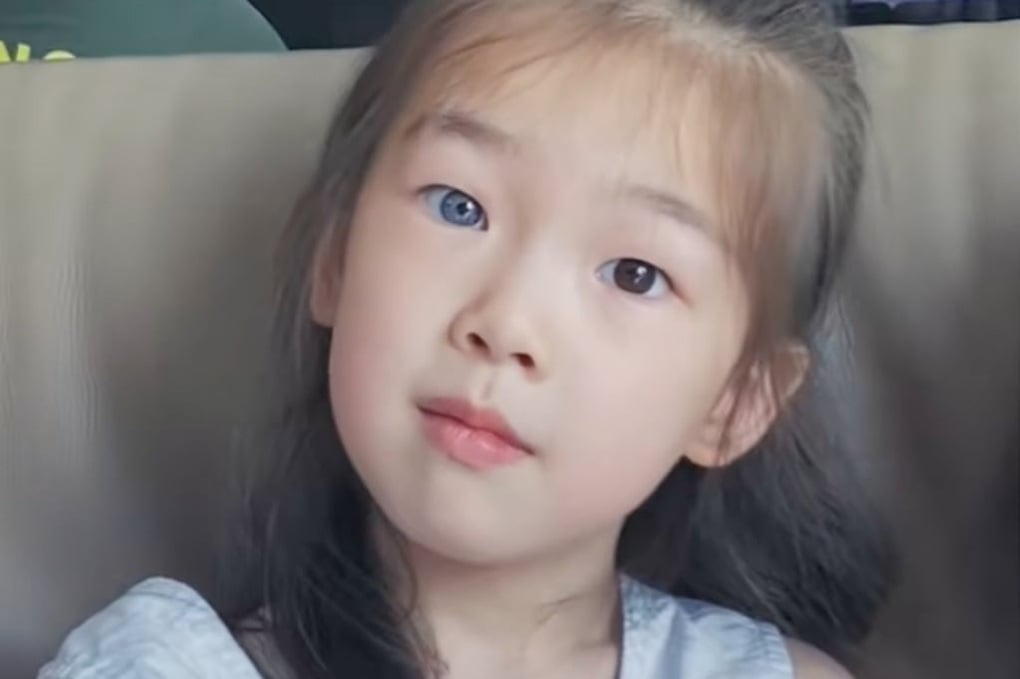
CC is causing a stir in the Chinese online community because of her special eyes (Photo: SCMP).
CC started primary school in September 2024. Her mother was very happy to see her daughter being welcomed by her friends at school. Her mother was completely relieved of her worries that her child might be shunned by her friends or worse, discriminated against or bullied.
"Many teachers and friends complimented my daughter's beautiful eyes. My daughter even became a popular student at school. Students in other classes also wanted to get to know her," said CC's mother.
CC’s mother, worried about her child’s two-colored eyes, took her to see an ophthalmologist several times. Doctors all confirmed that heterochromia iridis did not affect CC’s vision. This is a very rare syndrome. The rate of people with this syndrome is only about 0.063% of the global population.
In response to the online community's interest in her, CC briefly shared: "I like my eye color, I think my eyes are quite beautiful. I thank everyone for caring about my story."
How to teach children to accept the differences of those around them
Young children are naturally curious about differences that they do not yet understand. At that time, children often ask many questions about the differences they encounter in the appearance, voice, ability, gender... of others. This is very natural for children, however, sometimes children can ask questions that cause embarrassment.
Parents should teach their children how, where, and when to ask questions to avoid causing discomfort or embarrassment to others. Parents should also seriously answer the questions their children ask, even if they may not be easy to answer.
Responding seriously and providing age-appropriate knowledge is the first step in helping children accept the differences they see in others.
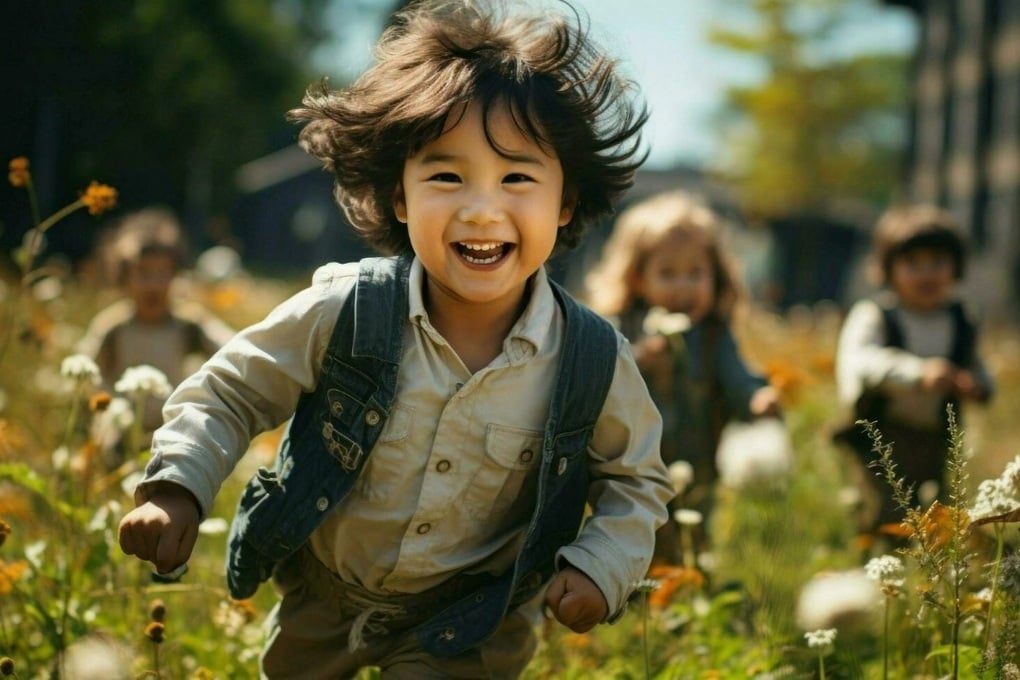
Children are naturally curious about the differences they see in others (Illustration: PNG Tree).
Knowledge is the key to acceptance: Every time children notice unfamiliar differences in the people around them, it is an opportunity for parents to teach them new knowledge. Parents should respect children's questions about differences, because children can learn a lot from these observations.
Don't avoid difficult conversations: When children see differences, it's natural for them to ask questions. Parents should not "shut down" their children's questions, but answer them accurately. This will help parents and children have open, useful conversations. If parents don't know the answer, parents should look for information together to increase knowledge.
Teaching children about empathy: To help children learn to empathize with others, parents should ask the question: "If you were like your friends, how would you like to be treated?"
Parents should set an example: Children always listen and observe what their parents say and do. Therefore, parents should be careful with their words and behavior towards others.
If your child says something bad, parents should calmly correct them and help them understand that their words can hurt others.
Parents who are always careful with their words, show an open perspective, and accept the differences of others will have a very good educational effect on their children.
Source: https://dantri.com.vn/giao-duc/nguoi-me-lo-lang-con-gai-co-2-mau-mat-se-bi-ky-thi-o-truong-hoc-va-cai-ket-20250109082502967.htm






















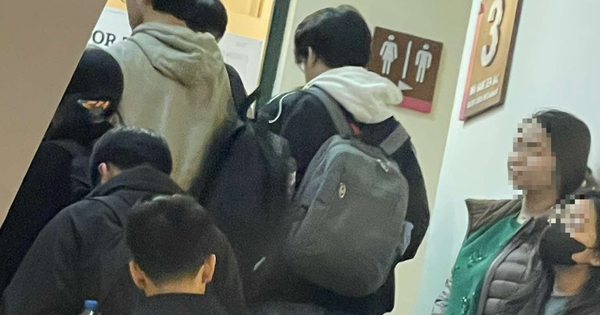

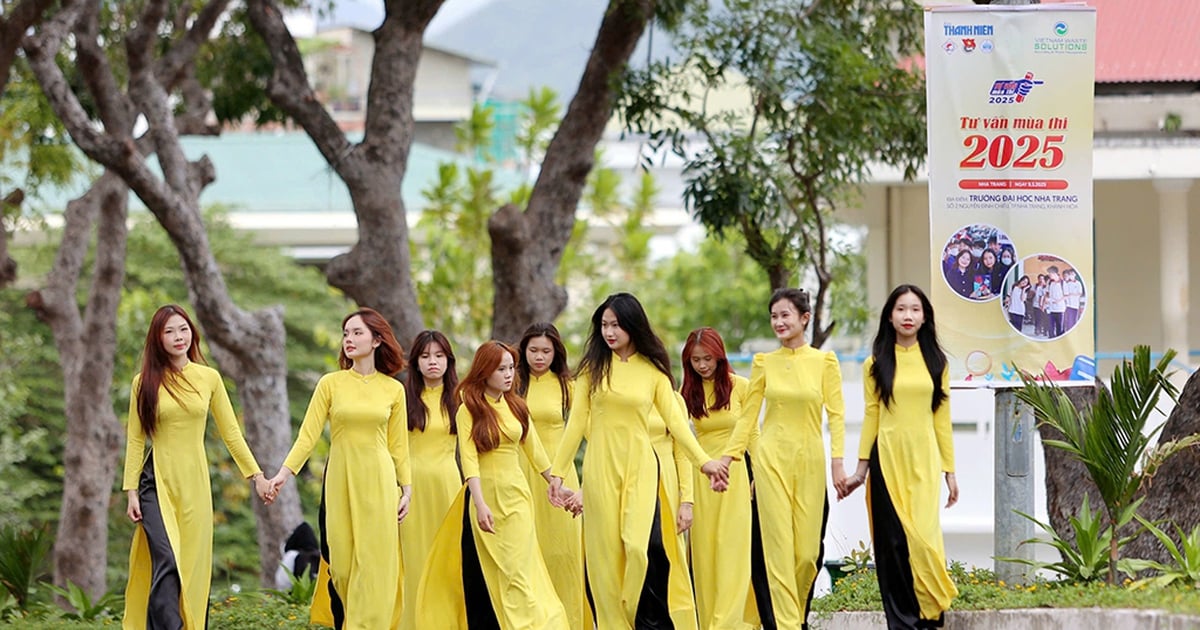



























































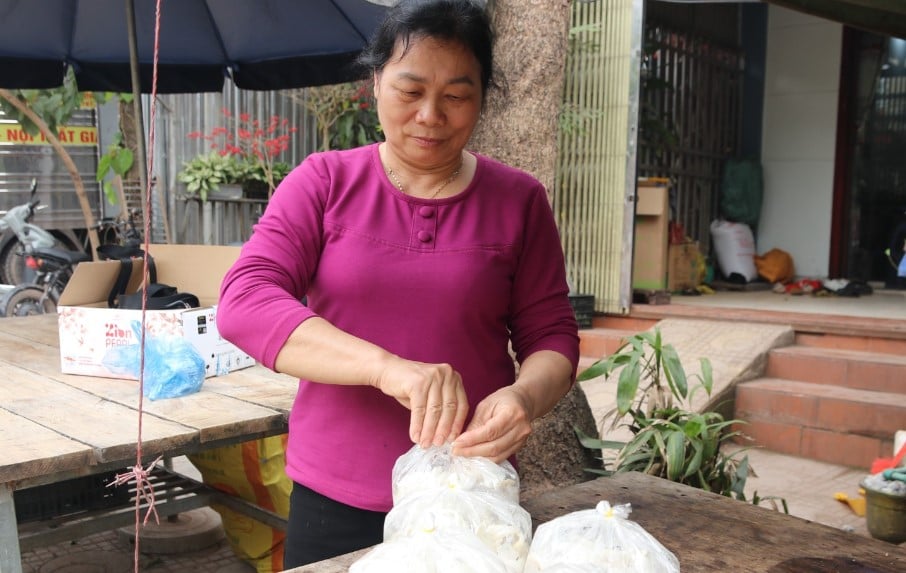





Comment (0)